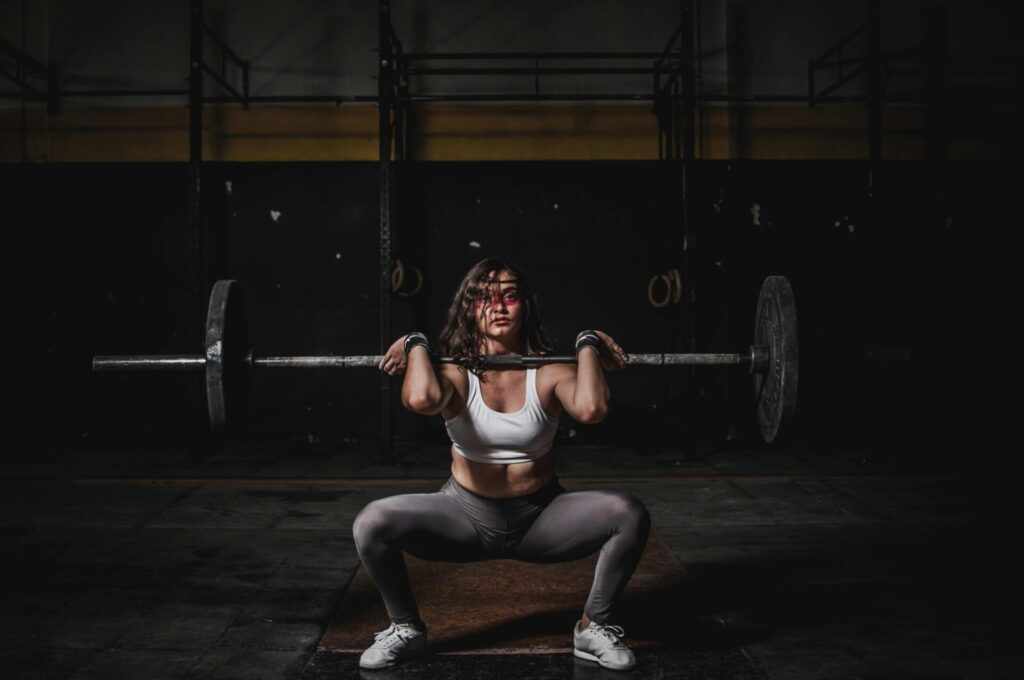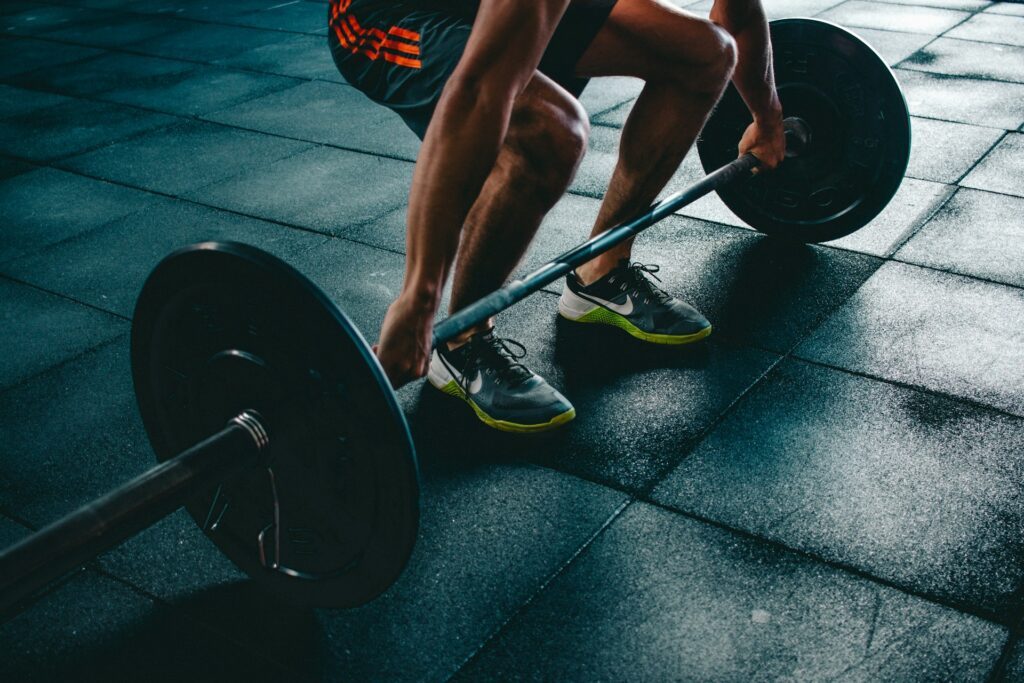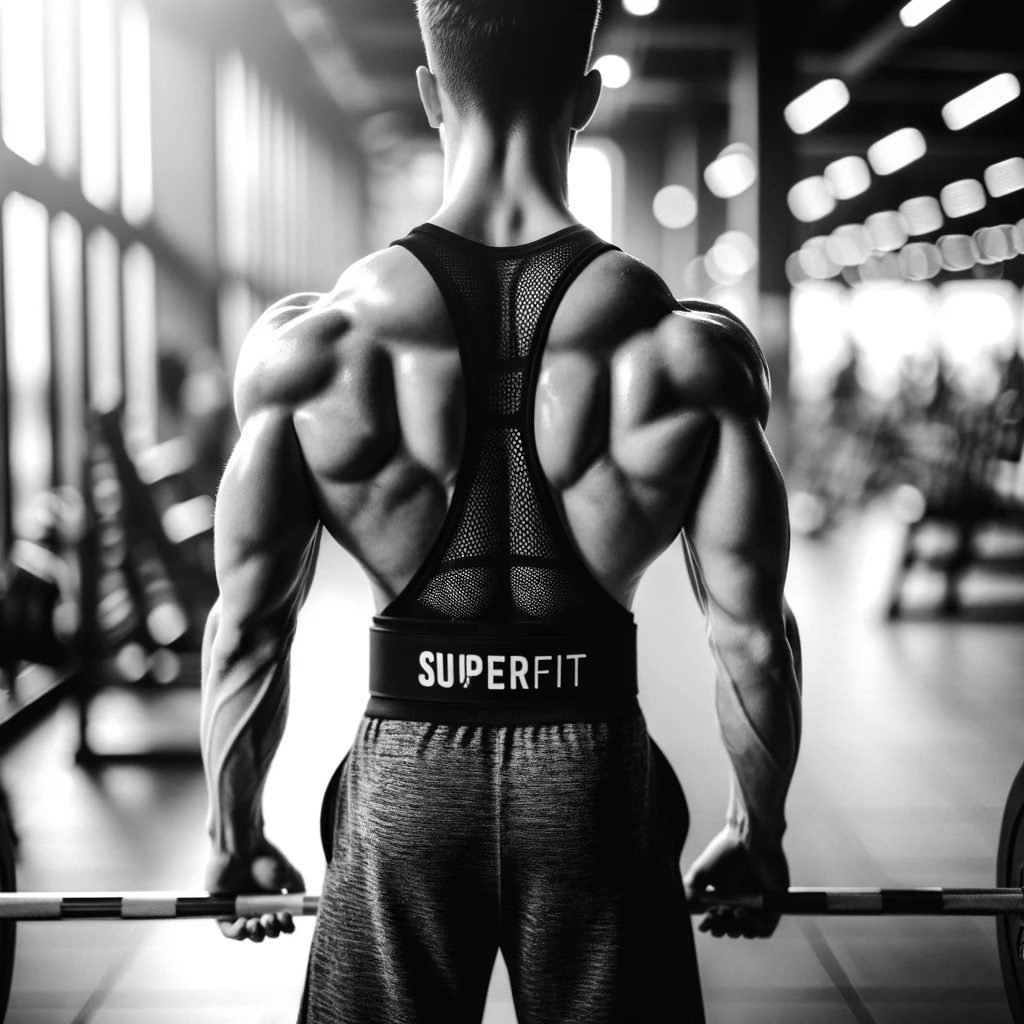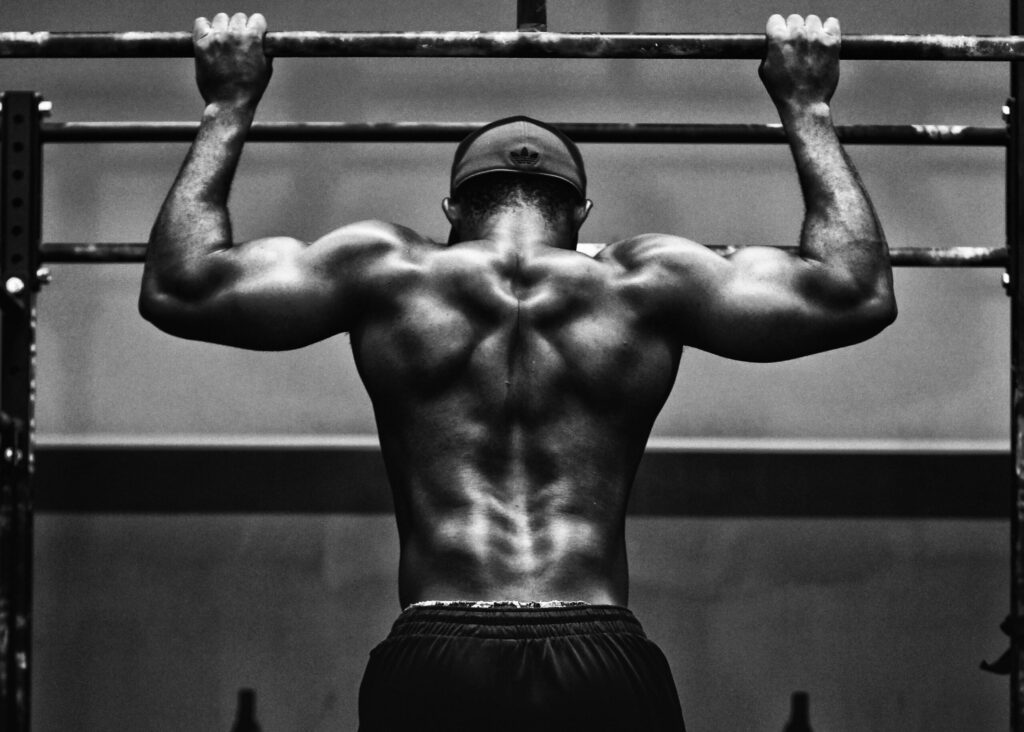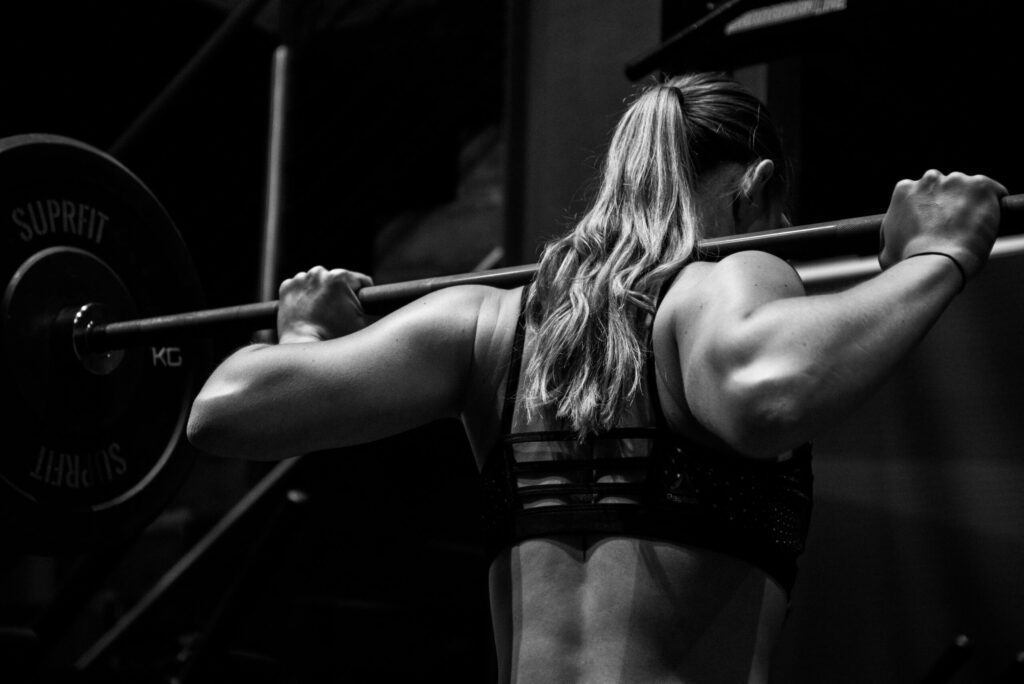The Hip Hinge
Any good program for any goal will involve movements that require a hip hinge pattern. The hip hinge when performed correctly forms the basis for building a strong and stable posterior chain, something that is often neglected in your everyday gym goer.
What Is It?
muscles must contract and shorten. The glutes form the junction between our upper and lower body. Weaknesses in the glutes leads to a multitude of performance and postural problems therefore being able to stimulate them effectively during training is vital. When we say hip hinge we are talking about the ability to maintain a stable spinal and pelvic position whilst moving our hips into flexion and then taking them back to neutral through hip extension. The prime movers of this movement are the glutes and hamstrings. The glutes have attachments at the pelvis and femur whilst the hamstrings attach from the pelvis, cross the back of the knee joint and attach again to the lower leg. What this means is that as we flex at the hips these muscles lengthen. To return to the starting position the glutes and hamstrings must contract and shorten to extend the hips.
Hip hinge movements in terms of athletic performance are great for developing overall lean muscle mass, strength and power as they are compound movements which means they require many different muscle groups to perform the action. An increase in lean muscle mass will boost your metabolism and decrease your body fat percentage so when training to improve body composition hip hinge variations are a fantastic movement. For sports that require a high amount of strength and power the glutes are vital as they are the power house of the lower body and will also generate force that can be translated through the upper body.
When talking posture, a strong posterior chain will hold you in a more favourable position (neutral pelvis, chest up, shoulders back) which prevents a host of tissue related and structural issues, a common one being a sore lower back. The everyday worker who sits behind a computer all day will more than likely have a weak posterior chain (rounded shoulders, forward head position, anterior pelvic tilt) and properly programmed training is vital for an improved quality of life.
By now you should be pretty convinced that the hip hinge movements are a must have in any training program. Well there’s more! Most of the exercises involve the ability to be able to keep the torso rigid. This requires strong isometric contractions of essentially all the musculature through the back. Think lats, rhomboids, traps, rotator cuffs all of which are being activated to allow for our shoulders and scapula to be locked in position and stabilised during the movement. This, along with the larger back extensors and abdominal muscles which help support our spine, means that these movements should be thought of as a whole body movement.
Hip Hinge Variations
There are many different movements that are based of this hinge pattern which means we
can program for the beginner all the way up to the more experienced client. These range from a basic glute bridge all the way to more advanced olympic lifts.
Arguably the most well known hip hinge movement is the deadlift which in itself has different variations such as the RDL and sumo deadlift, both of which give muscles a slightly different stimulus. The most basic form of hip hinge will be learning the actual pattern, for example getting the client to hold a stick up their back and cueing them to maintain 3 points of contact (head, upper back, hips) whilst they flex at the hips teaches how to maintain spinal position during a hinge. Another easy to master hip hinge is the basic glute bridge which requires less control through the upper body. More advanced movements like the clean and jerk or the clean and snatch are great hip hinge variations for athletes looking to develop power.
When programming for the hip hinge movements you can’t just blindly pick one and throw it in. There is no one best movement for everyone but some will be more suited to the individual than others. For example, a beginner being placed straight into a barbell RDL may struggle with the concepts of the hip hinge. Instead let’s begin with a cable RDL which helps pull the individual into hip flexion but then still allows for loading of the glutes and hamstrings through the extension phase. Another factor that may need to be considered is injuries/limitations to exercises. For example, I have coached a lot of people that come to me with impingement in the shoulder and loading them with a barbell using a pronated grip can potentially exaggerate the problem through loaded internal rotation at the joint. To work
around this a really effective piece of equipment is the trap bar which allows the client to keep the shoulders in a neutral position. We can also perform loaded hip thrusts which completely eliminates the need for holding weight with the upper body. Limitations in mobility may lead to an inability to hold a neutral spine at the bottom of some movements, most commonly a conventional deadlift. A sumo deadlift or trap bar deadlift (high handles) can help compensate for this lack of mobility if you’re set on having your client pull from the floor otherwise the RDL which requires a smaller total change in position in body should work well.
Cues for the hip hinge
-
Set feet and start with a neutral pelvis and load heels
-
Squeeze from the bottom up (contract glutes, core, lats and retract scapula)
-
Movement should begin with a hip break
-
Maintain neutral spine during movement (imagine a stick with three points of contact hips, upper back and back of head)
-
From the hip flexed position drive heels into the ground and contract hard through glutes and hamstrings
-
Finish in the exact same position as the start, squeezing again from the bottom up
Learn it then use it (lots!)
Movements arising from the hip hinge are programmed into a majority if not ALL of our clients programs . The benefits are endless and unless it is physically dangerous for an individual, the movements should be trained regularly. There are many different variations and my advice would be to pick 1 or 2 and become proficient at them over a period of time. Allow yourself to become strong at just a couple before moving on to other variations and you’ll find that improvements made in these movements will translate into increased performance in the other variations. For example, during a training block we will generally program 2 lower body sessions a week. In session 1 the client will complete a conventional deadlift for designated sets and reps. In the second lower body session in the week the client may complete an RDL. We will progressively overload these two movements for a training block and then assess and decide on what other hip hinge movements will be effective for the client for the next block. If you’re looking for one of, if not the most effective movement patterns in weight training, then learn to hinge, apply it to movements and then use it EXTENSIVELY!



